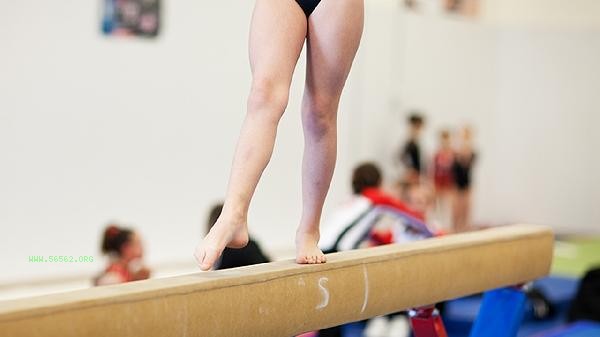Eating brown rice during exercise is not easy to digest, mainly due to its high dietary fiber content and hard texture. However, moderate consumption is beneficial for health. The main reasons why brown rice is difficult to digest are residual outer skin, high phytic acid content, dense starch structure, strong water absorption and swelling, and insufficient chewing.

1. Residual outer skin
Brown rice only retains the embryo and rice bran layer after removing the rice husk, and the residual coarse fibers on the surface require repeated gastrointestinal peristalsis to decompose. Unprocessed rice bran contains a large amount of lignin and hemicellulose, which can slow down gastric emptying. If fitness enthusiasts consume it immediately after training, it may increase satiety and affect protein absorption efficiency.
2. High content of phytic acid
The naturally occurring phytic acid in brown rice will combine with minerals to form insoluble complexes. This anti nutrient substance not only inhibits the absorption of trace elements such as zinc and iron, but also interferes with the activity of digestive enzymes. During the stage of rapid nutrient supplementation after strength training, phytic acid may temporarily reduce the utilization rate of nutrients by the gastrointestinal tract.
3. Dense Starch Structure
The starch granules of brown rice are enveloped by the intact endosperm layer and require longer gelatinization time. Compared to the digestion time of about 15 minutes for polished rice, the decomposition of brown rice in stomach acid environment may be prolonged to several hours. When the body urgently needs energy replenishment after high-intensity exercise, this slow-release characteristic may actually cause a delay in energy supply.

4. Strong Water Absorption and Swelling
After cooking, brown rice has a higher water absorption rate than polished rice and will continue to swell in the stomach. This physical property may compress the stomach space and cause common post training bloating among fitness enthusiasts. For individuals with symptoms of gastroparesis or weak digestive function, excessive consumption may lead to significant discomfort.
5. Insufficient chewing
Brown rice particles have significantly higher hardness than polished rice and require sufficient chewing to destroy cell walls. But fitness enthusiasts often eat quickly due to time constraints, and insufficiently ground brown rice may irritate the intestinal wall when it enters the intestines. Long term exposure to this condition may induce functional dyspepsia, especially in populations that consume large amounts of carbohydrates during the muscle building phase.

It is recommended that fitness enthusiasts use methods such as overnight soaking, high-pressure cooking, etc. to pretreat brown rice, or mix brown rice with white rice in proportion for consumption. When supplementing nutrients immediately after training, priority should be given to easily digestible fast carbon, and brown rice is more suitable as a source of carbohydrates on non training days. At the same time, pay attention to chewing thoroughly and control single intake, and combine fermented or acidic foods to help break down phytic acid. People with weak digestive function can try germinating brown rice, as some of its anti nutrients have been reduced through enzymatic hydrolysis. Maintain dietary diversity and avoid long-term single intake of brown rice affecting nutritional balance.






Comments (0)
Leave a Comment
No comments yet
Be the first to share your thoughts!